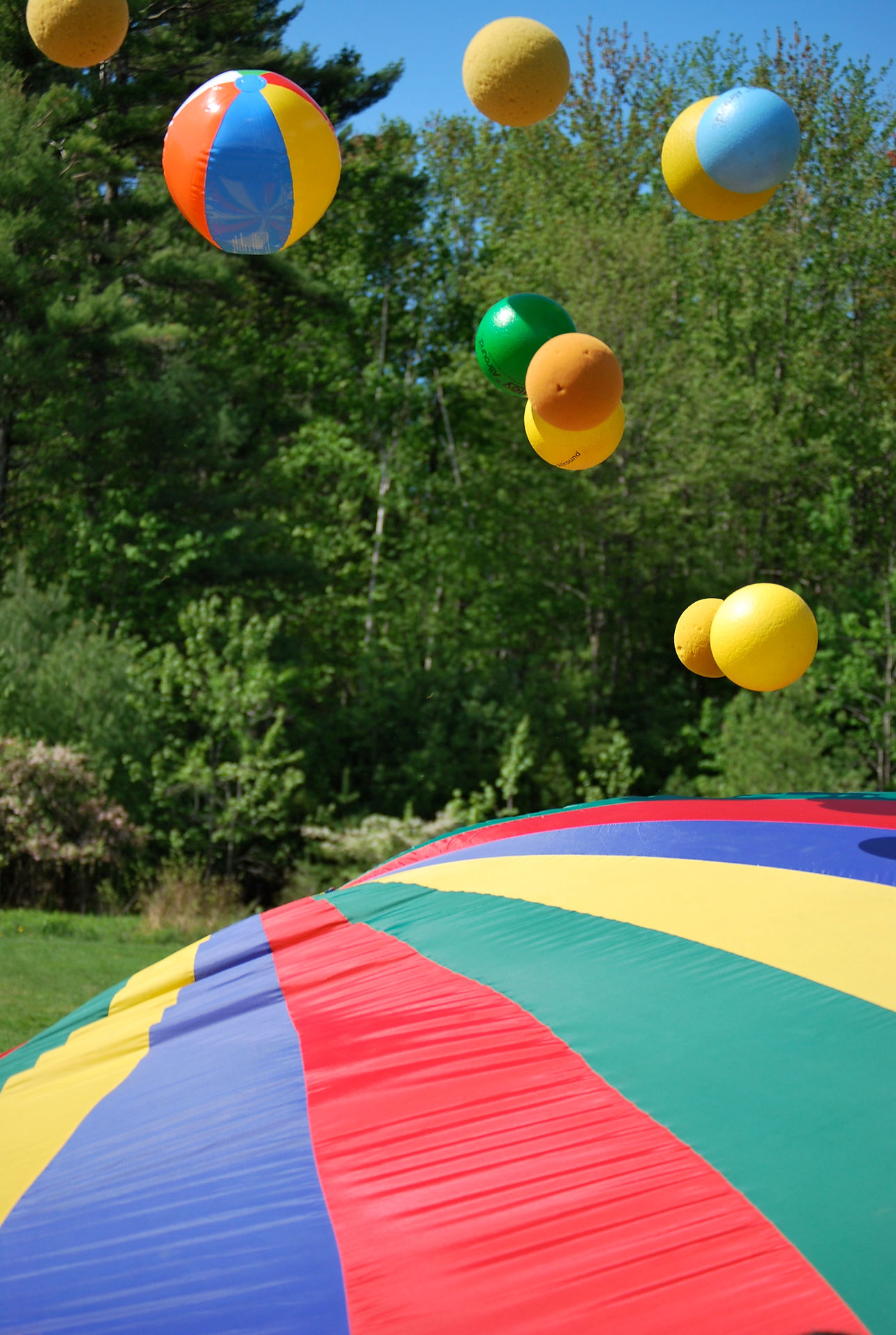
Marty Cryer
Glogs -- A 21st Century Poster
Objectives/importance:
There are plenty of ways to create book talks, but the most common among teachers seems to be in writing. By adding a technology component to book talks, students can add a new dimension to their book recommendations with video trailers, author web links and more.
Modifications for the future:
When I began this project I was excited because my students were so intrigued by the idea. They created wonderful personal glogs and I thought they were ready to go for using the resource for book talks. When it came down to the wire, however, my students showed far less interest. In reflecting on the project and my students, however, I am not sure if the problem was in the project, my presentation and teaching of book talks or in the student’s motivation. I suspect it may be a combination of the latter two.
As I consider trying the project again I will begin by preparing students long before by having them talk about books. As they become more comfortable with this I will have students move to oral book talks and later, to written book talks. I also will ask our technology teacher to help students learn how to find related internet resources such as book trailers and author websites. This will give them the background knowledge to include these resources in their glog presentations, making them far more interactive.
Additionally, I will be working hard to encourage a love of reading so they feel comfortable about sharing their reading. I began this year following recommendations by Donalynn Miller, The Book Whisperer and have students that are LOVING to read! I have challenged them to read 30 books over the course of the year and spend a lot of time talking about books. They love doing oral book talks and I look forward to engaging them in creating digital book talks with Glogster and other technology resources.
Additional research Glogs to Explore
Project Description:
One of the most common ways people learn about books they want to read is from recommendations from others who already have read the book. Book talks by students are a great way for students to share their love of reading specific books while also practicing writing summaries and identifying main ideas and details.
I decided to use the internet resource Glogster looking to motivate students to take that extra step with their book talks by creating colorful, interactive digital posters to highlight their favorite reading. With this website students can add digital clipart, backgrounds, pictures, text, video and sounds. Elements can be related by a theme or used independently.All features are easy to use, with much of it simple drag and drop.
At the beginning of the year I presented a biographical glog of my own as a way to introduce myself. The students were instantly excited about the presentation, so I thought I was on the right track.
To give students and opportunity to learn the program and explore the options I asked them to create their own biographical glogs. After answering some questions to give them a starting point I had students pull it all together and add the graphics and other information they wanted to share.
Click image to visit the actual glog,
ISTE-T Standards
1. Facilitate and Inspire Student Learning and Creativity
Teachers use their knowledge of subject matter, teaching and learning, and technology to facilitate experiences that advance student learning, creativity, and innovation in both face-to-face
and virtual environments.
a. Promote, support, and model creative and innovative thinking and inventiveness
d. Model collaborative knowledge construction by engaging in learning with students, colleagues, and others in face-to-face and virtual environments
2. Design and Develop Digital Age Learning Experiences and Assessments
Teachers design, develop, and evaluate authentic
learning experiences and assessment incorporating
contemporary tools and resources to maximize content
learning in context and to develop the knowledge,
skills, and attitudes identified in the NETS·S.
a. Design or adapt relevant learning experiences that incorporate digital tools and resources to promote student learning and creativity
c. Customize and personalize learning activities to address students’ diverse learning styles, working strategies, and abilities using digital tools and resources
d. Provide students with multiple and varied formative and summative assessments aligned with content and technology standards and use resulting data to inform learning and teaching
Common Core Standards
3.RL.2 Recount stories, including fables, folktales, and myths from diverse cultures; determine the central message, lesson, or moral and explain how it is conveyed through key details in the text.
3.RL.3 Describe characters in a story (e.g., their traits, motivations, or feelings) and explain how their actions contribute to the sequence of events.
3.RL.5 Refer to parts of stories, dramas, and poems when writing or speaking about a text, using terms such as chapter, scene, and stanza; describe how each successive part builds on earlier sections.
3.RL.10 By the end of the year, read and comprehend literature, including stories, dramas, and poetry, at the high end of the grades 2-3 text complexity band independently and proficiently.
3.W.2 Write informative/explanatory texts to examine a topic and convey ideas and information clearly.
